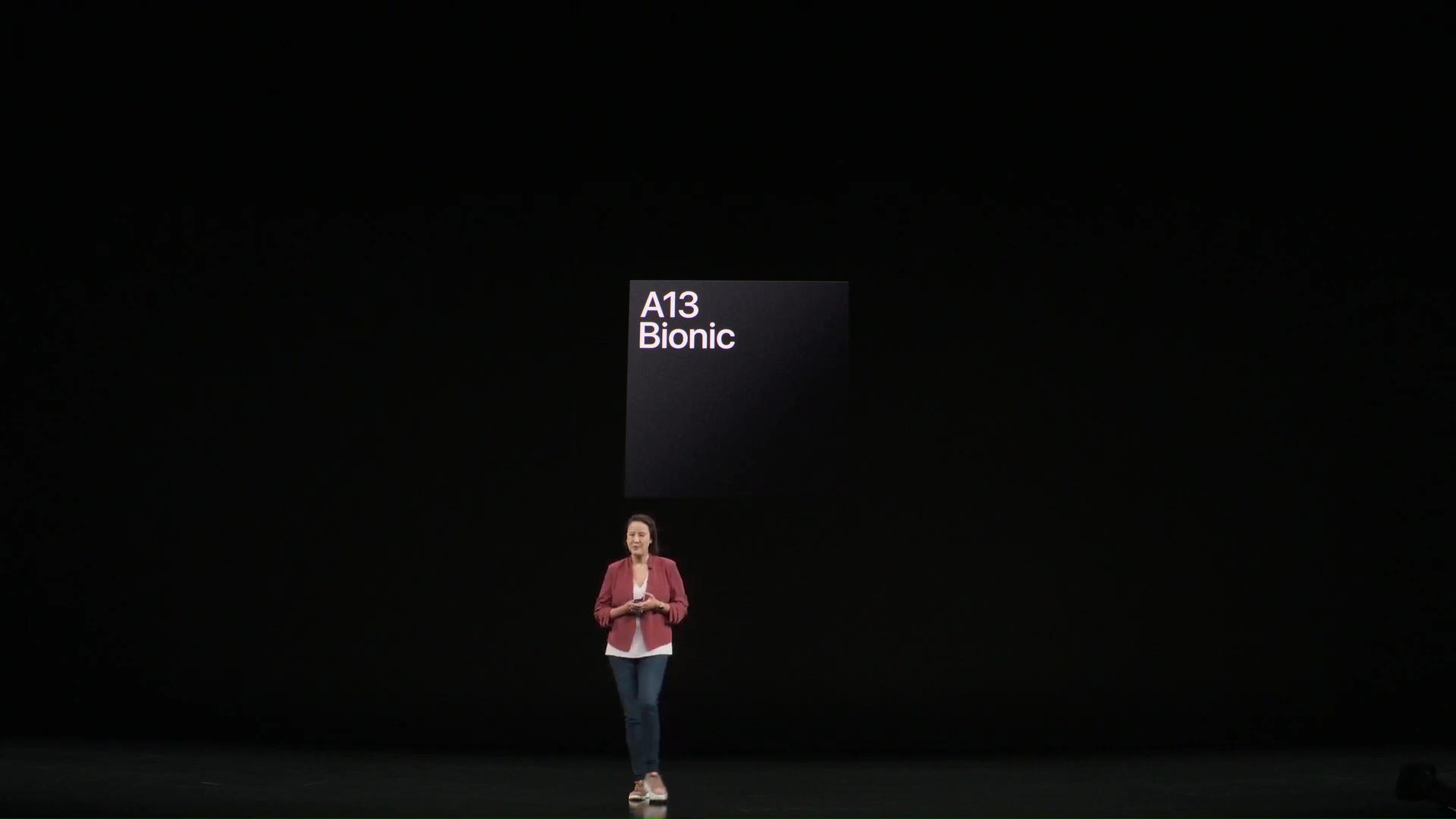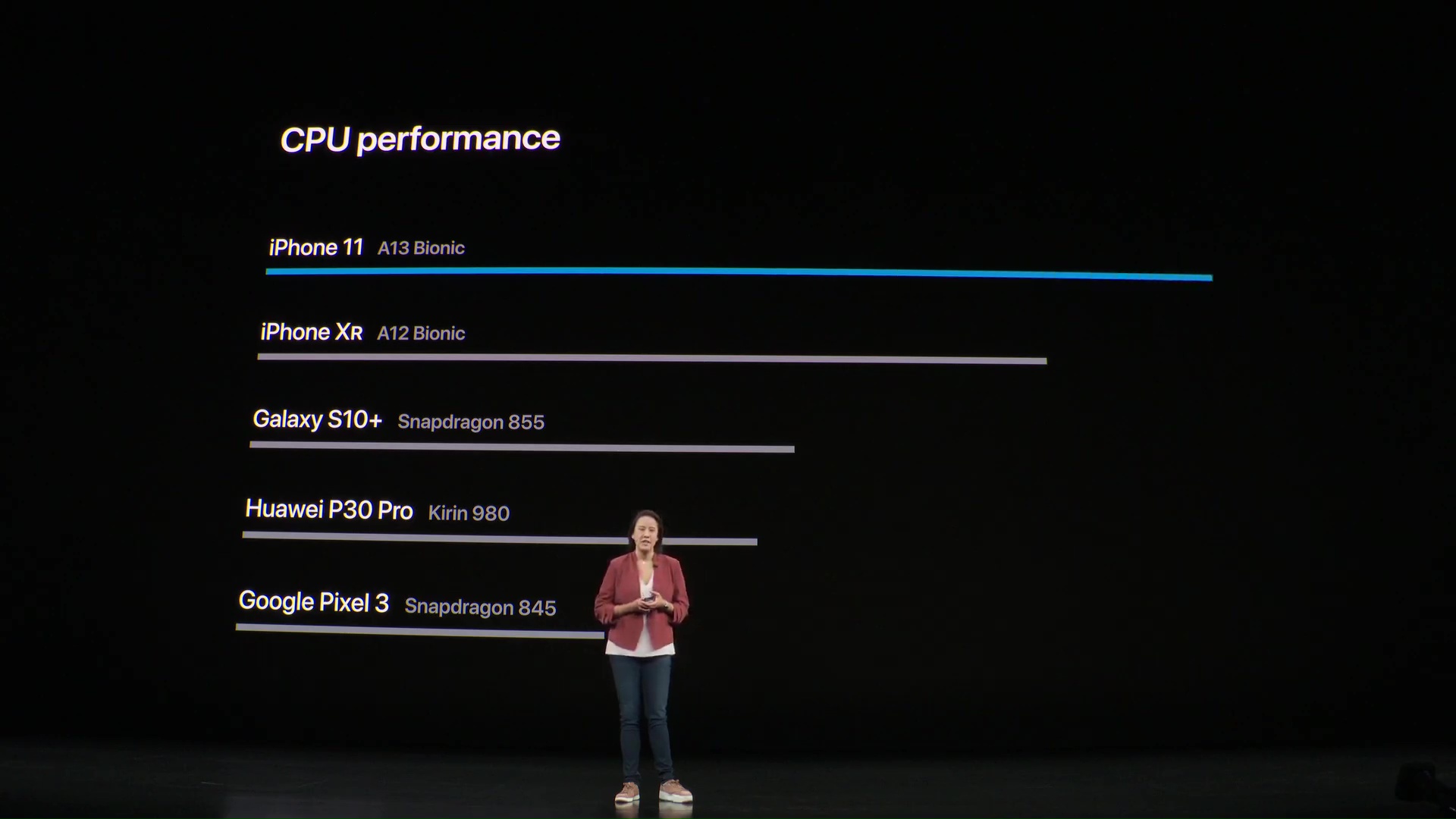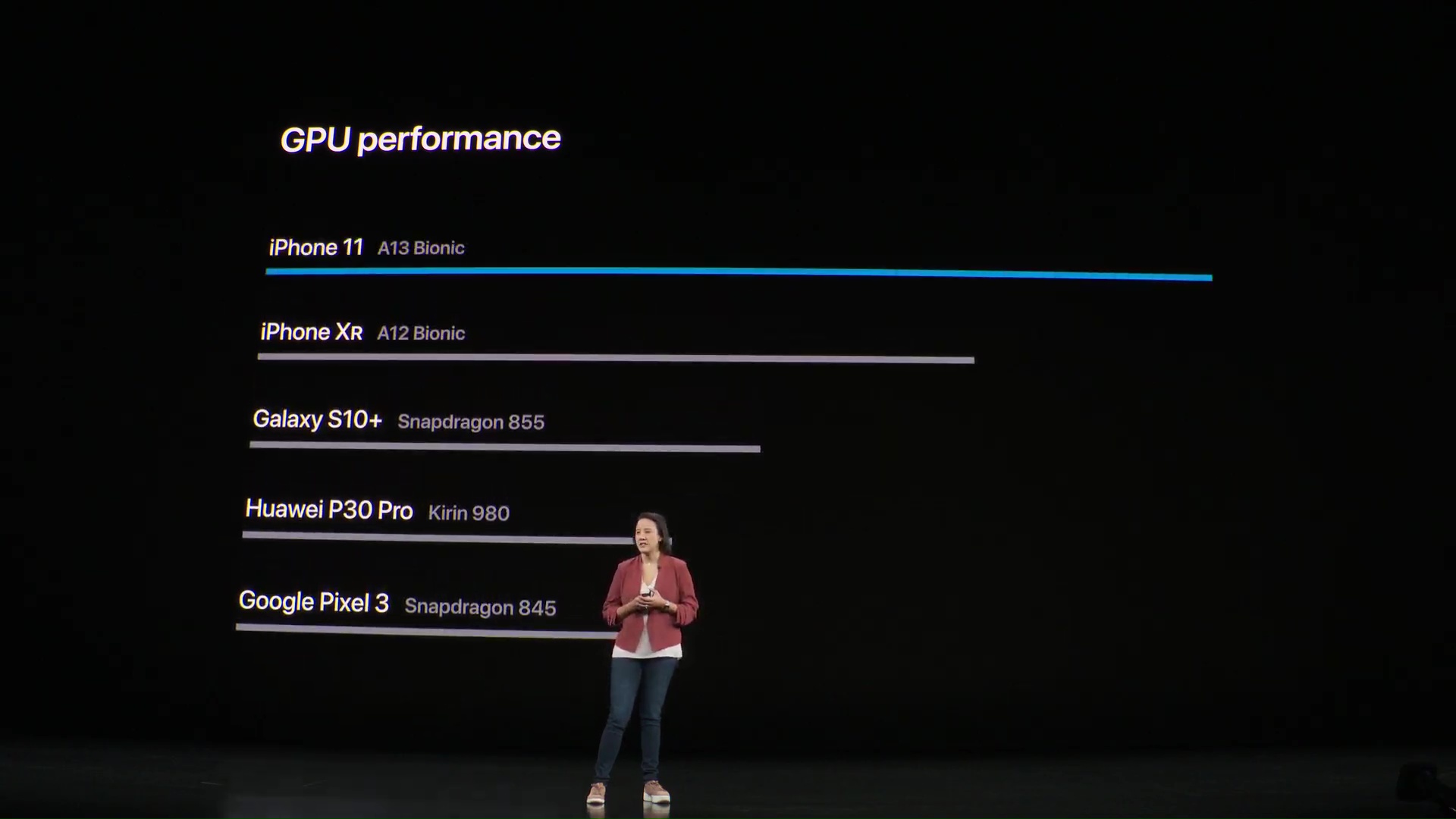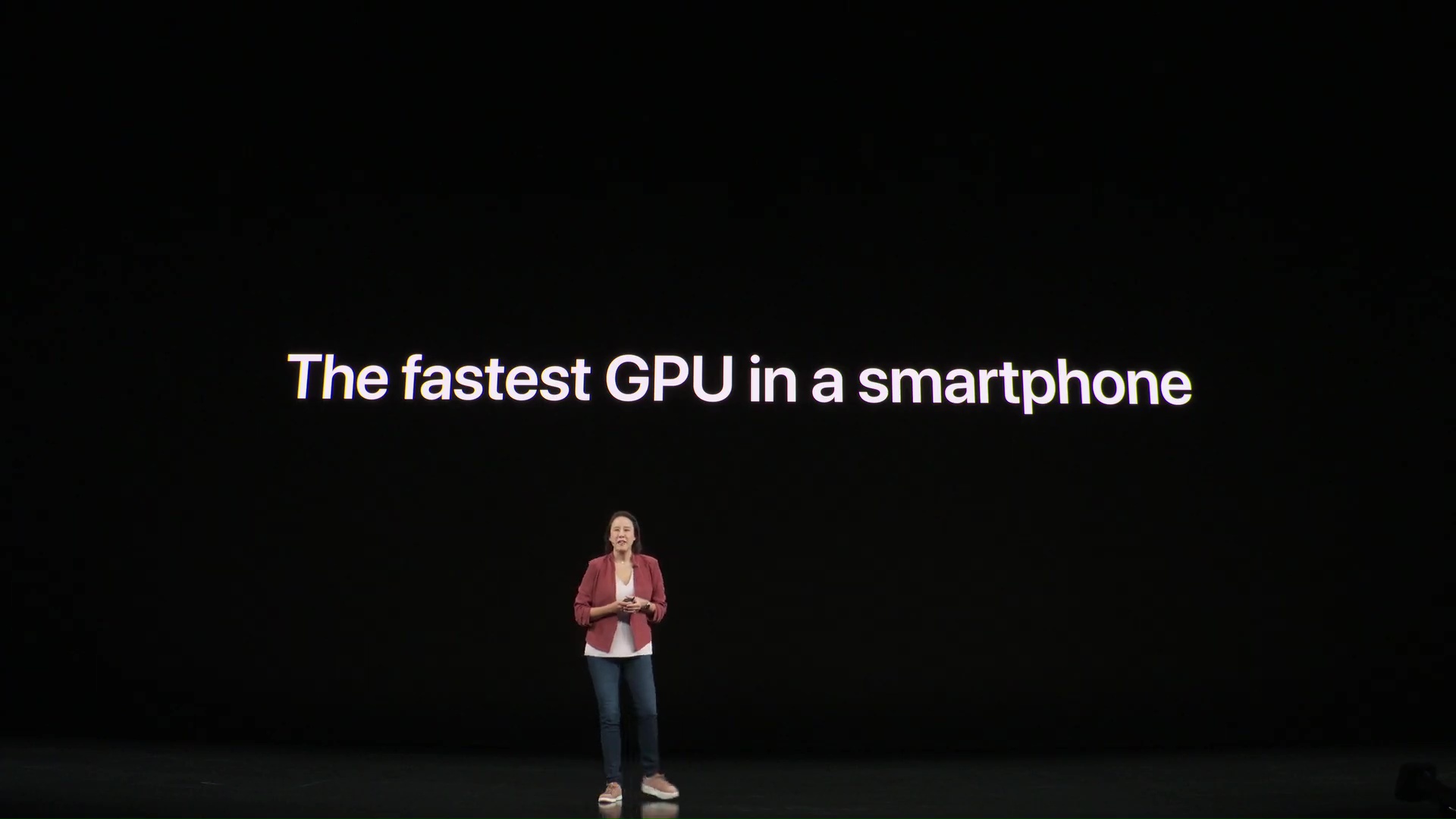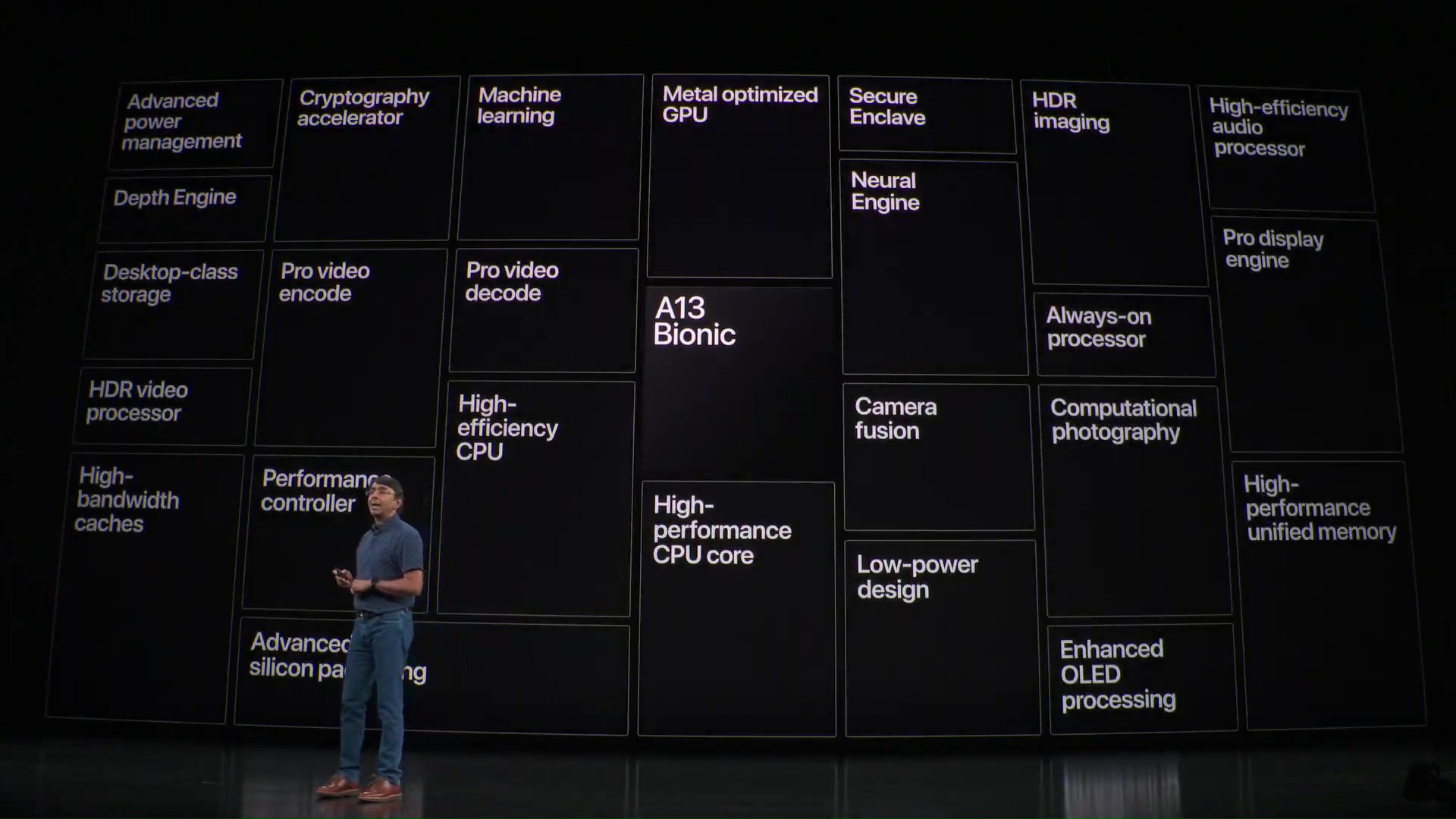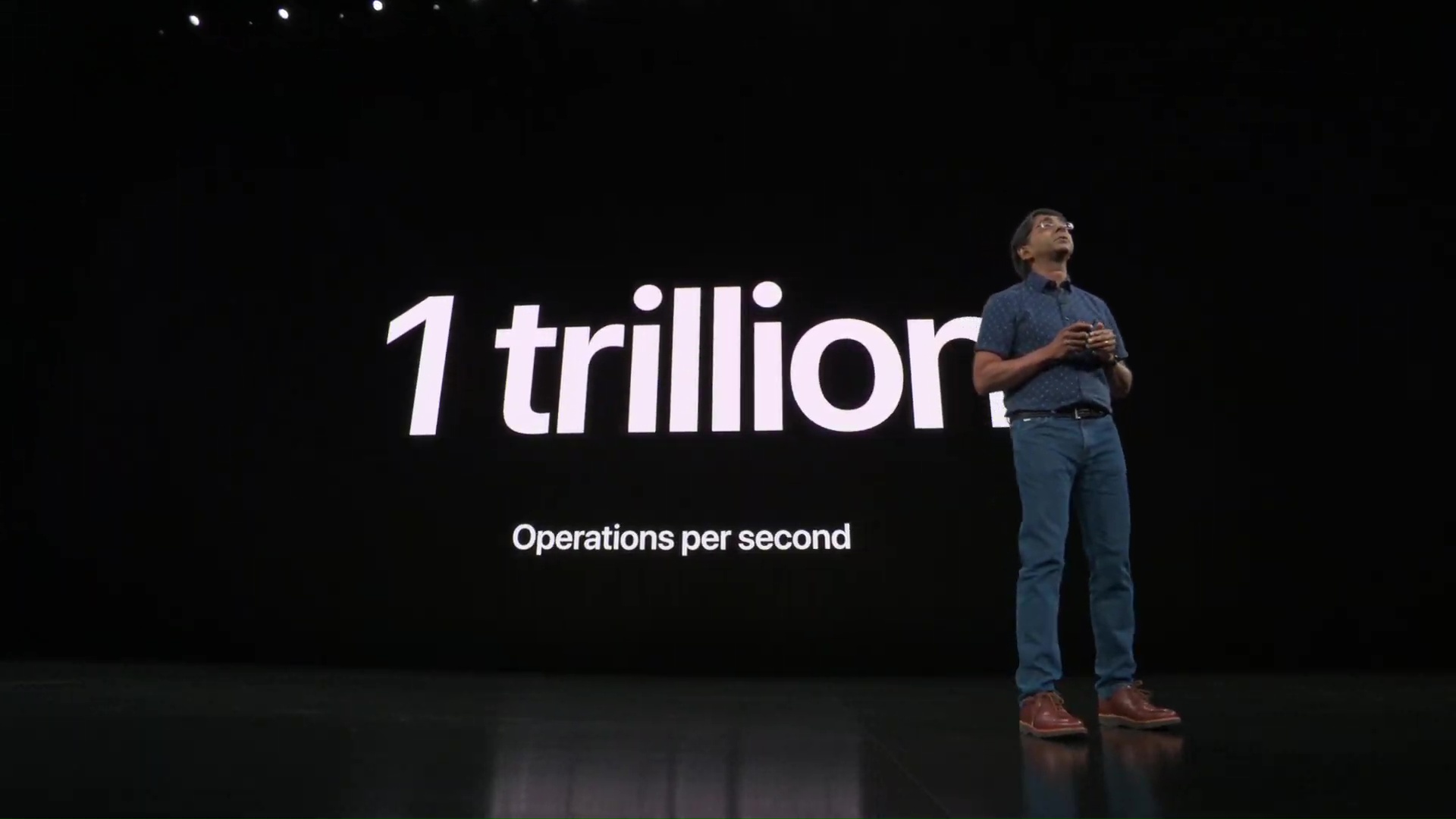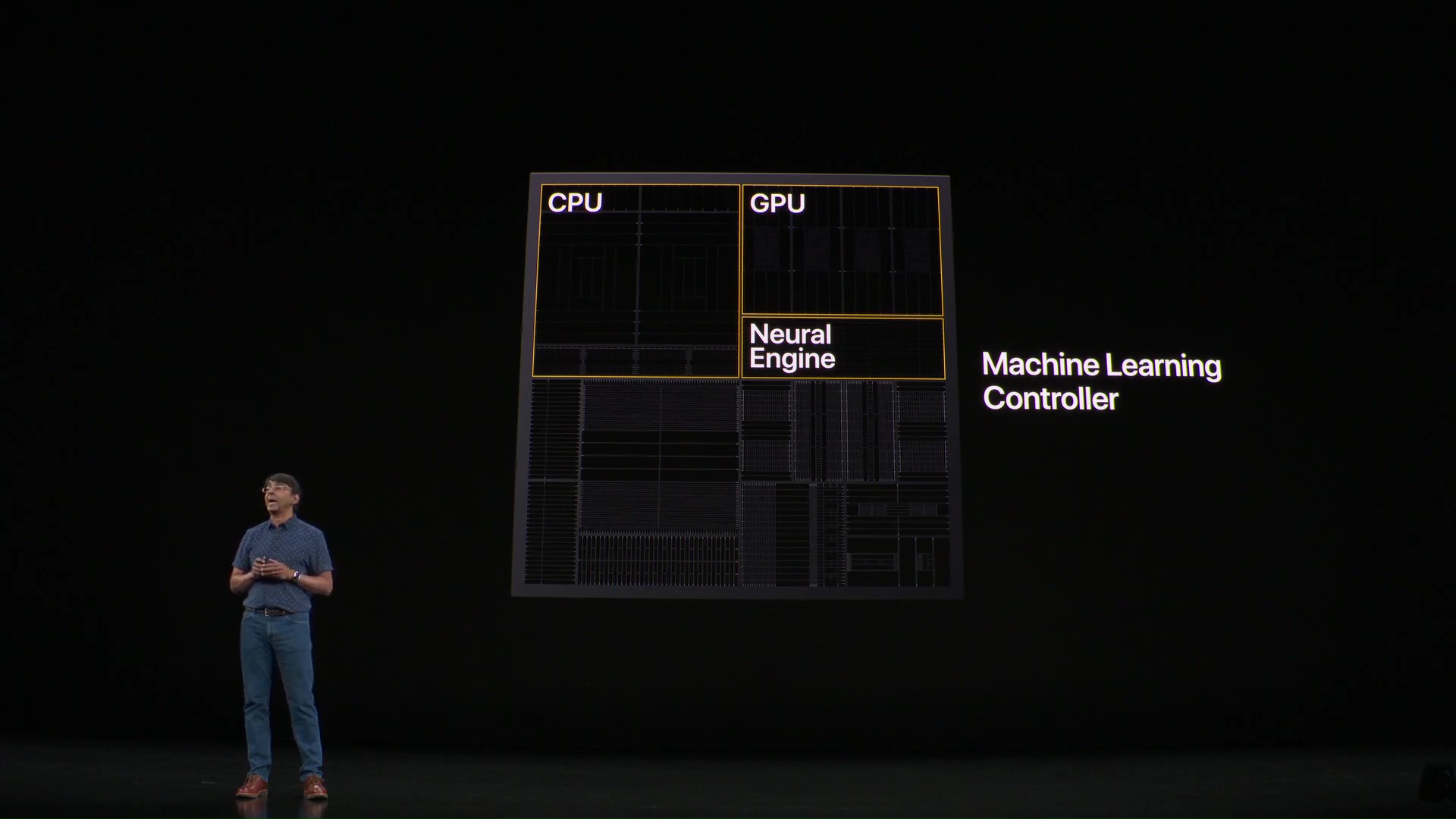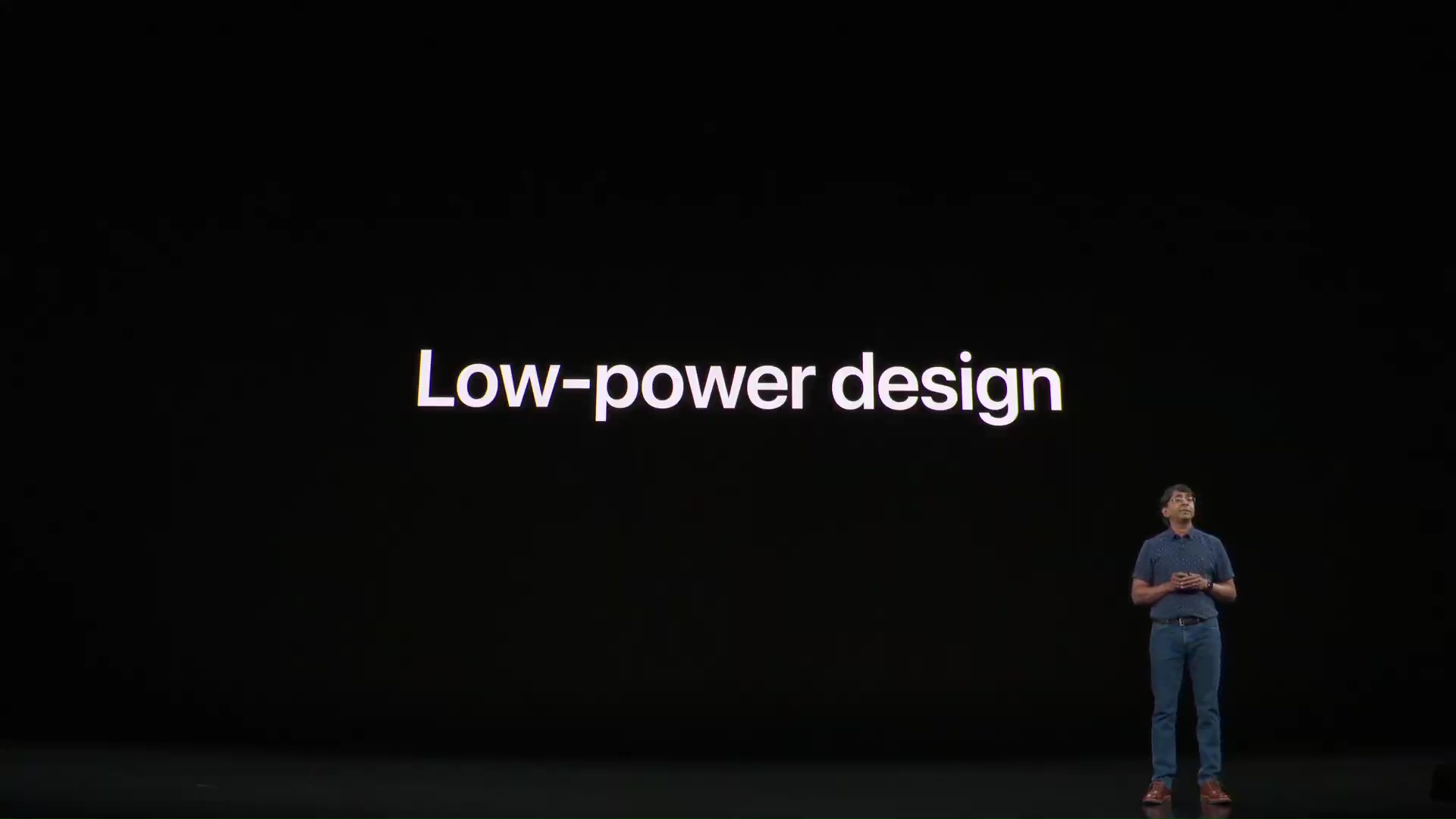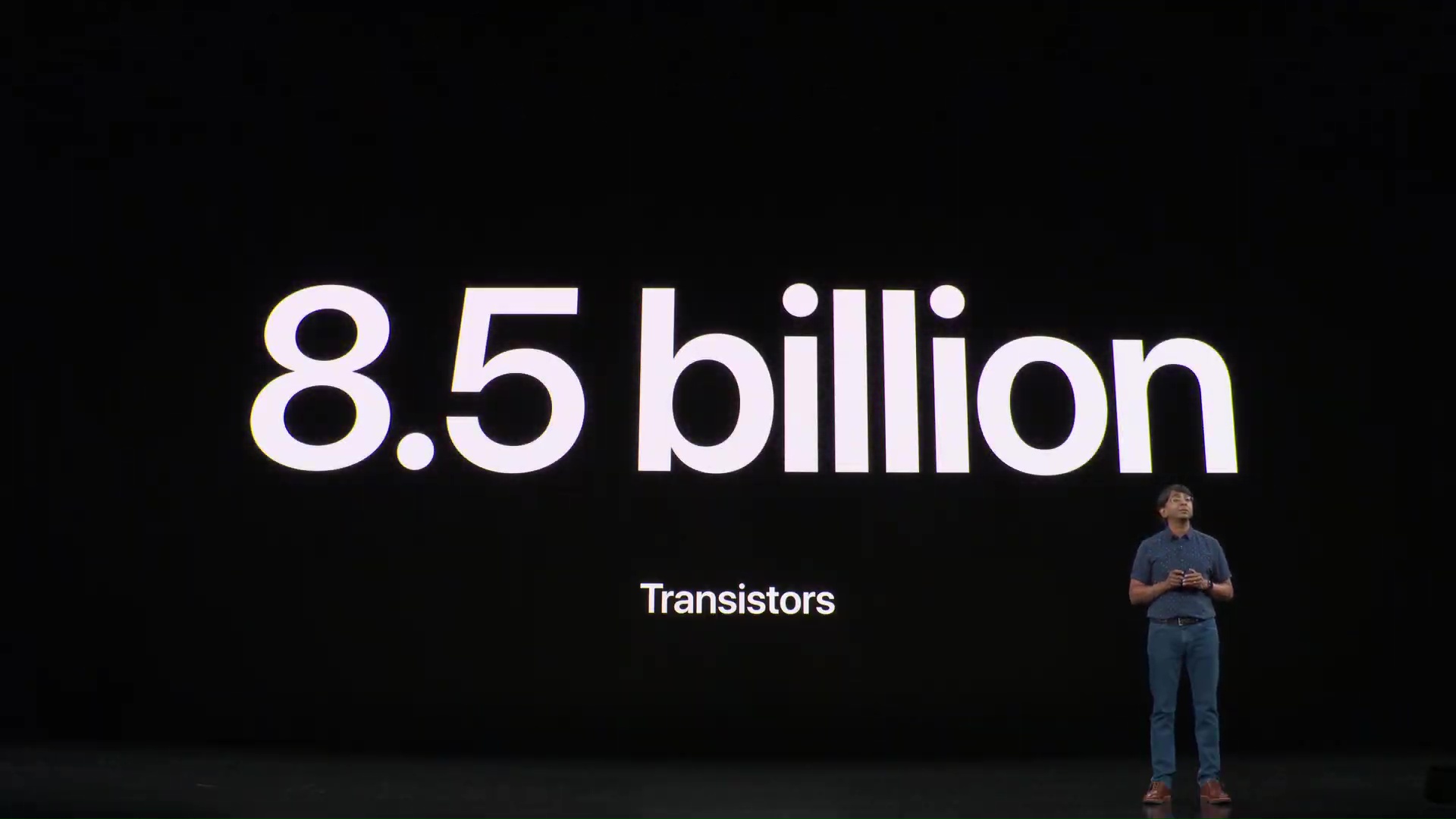An interesting interview with Apple's marketing director, Phil Schiller, and an engineer from the processor development team, Anand Shimpi (founder of the AnandTech website) appeared in the American magazine Wired. The conversation revolves primarily around the new A13 Bionic processor, and several interesting things appeared in the new chip.
It could be interest you
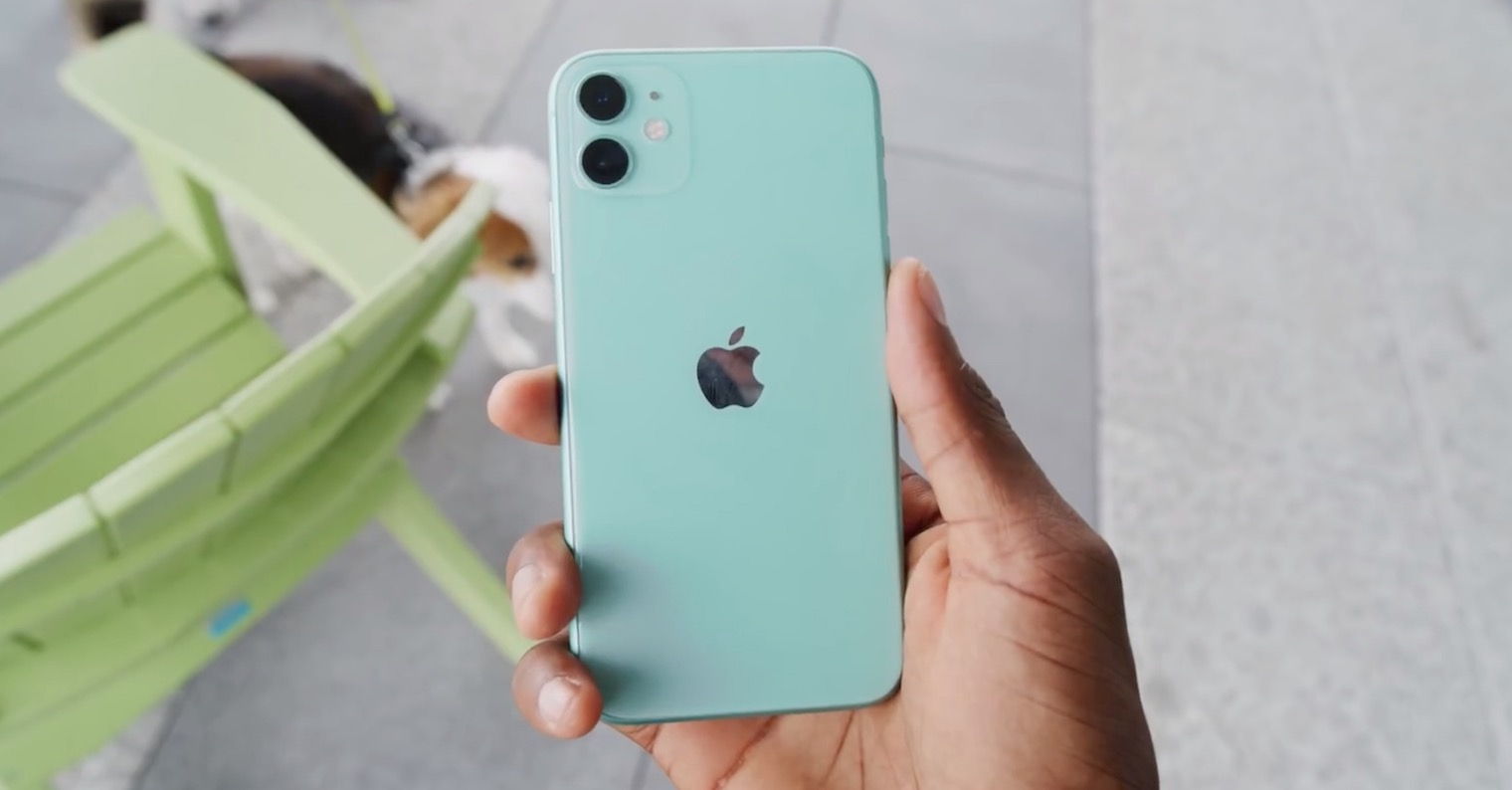
From the sidelines of the interview, there were a few basic summaries that describe the progress Apple's SoC engineering team has made since last year in the design of the new chip. The A13 Bionic processor has:
- 8,5 billion transistors, which is about 23% more than in the case of the predecessor A12 Bionic with 6,9 billion
- A six-core layout with two powerful cores with a maximum frequency of 2,66GHz labeled Lightning and four economical cores named Thunder
- The graphics processor implemented in the SoC has four cores and is entirely of its own design
- In addition, the SoC (System on Chip) houses another eight-core "Neural Engine" for machine learning needs, which can handle up to a trillion operations per second
- Overall performance has increased by roughly 20% compared to its predecessor, both in the areas of CPU, GPU and Neural Engine
- At the same time, however, the entire SoC is up to 30% more efficient than the A12 Bionic
And it was the last mentioned attribute that was the main goal that the hardware engineers set when developing the new chip. The goal was to propose the most efficient chip design that would bring both higher performance and primarily lower energy consumption. The more efficient the chip design is, the easier it is to achieve both, and the A13 Bionic chip did just that.
One of the most striking examples of progress over last year's model is the significant increase in computing power in the field of machine learning. This was reflected, for example, in the significantly improved functioning of the text-to-speech function, i.e. the ability to read some text to the user. The voice output in the new iPhones is much more natural, mainly due to increased capabilities in the areas of machine learning that have enabled the new iPhones to better process the spoken word.
The development team, which is in charge of the design of new processors, according to the information from the interview, examines in detail how individual applications work with the available resources that the processor makes available to them. This makes it easier to optimize new chip designs so that they work best with applications and use resources as efficiently as possible.
This is evident, for example, in applications that do not require extra high performance to function. Thanks to improved optimization, these applications run with much lower CPU power requirements, thus extending battery life. According to Phil Schiller, the improvement of battery life is also greatly influenced by machine learning, thanks to which the chip can better distribute its resources and work more efficiently and to some extent "autonomously". That is, something that was unthinkable just a few years ago.

Source: Wired
